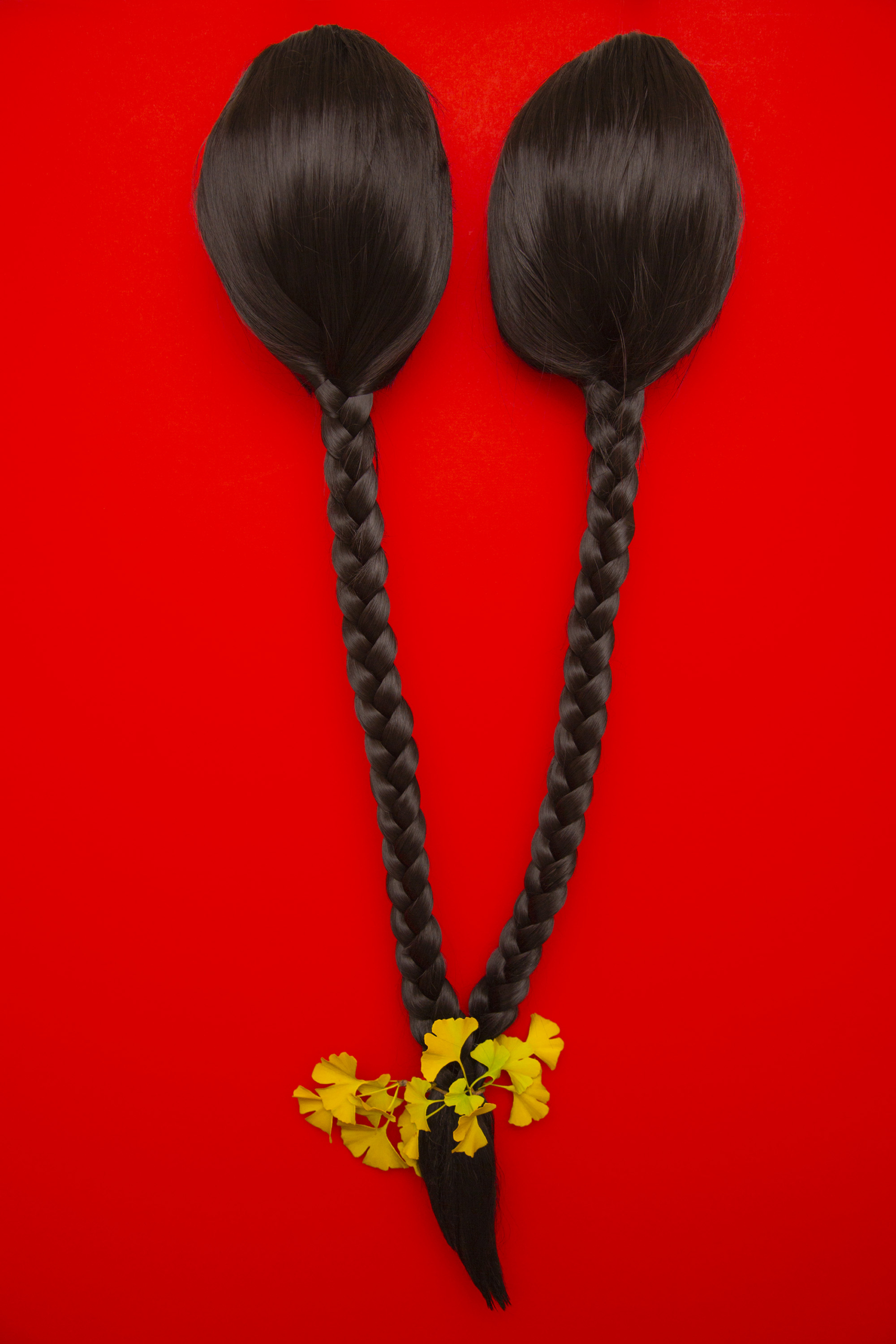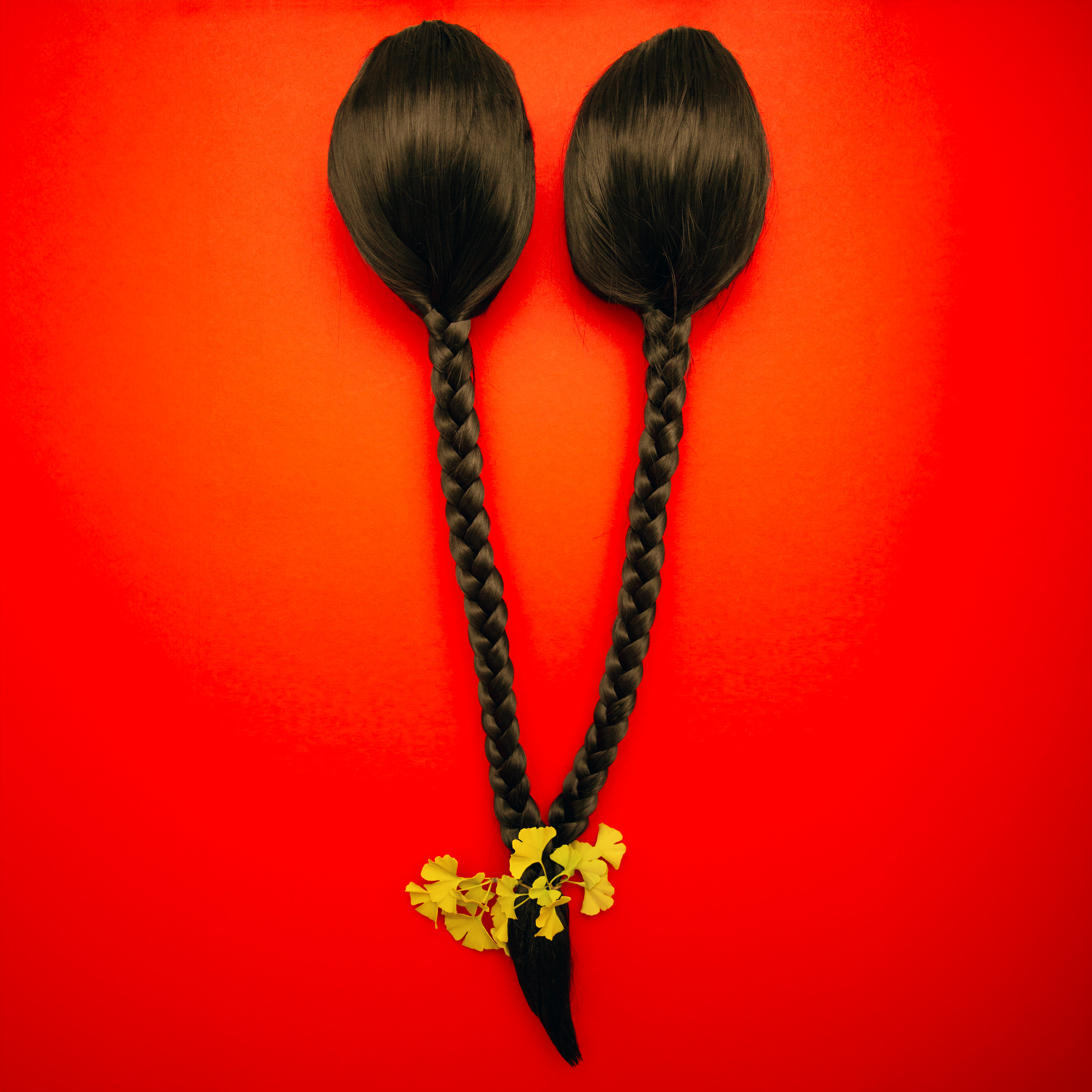July 1st, 2023 marked the centenary of the 1923 Chinese Immigration Act, 100 years to the very day that the Act—also known as the Chinese Exclusion Act—went into effect in what is colonially known as “Canada.” In Vancouver’s Chinatown, there was a deliberate refusal to celebrate Dominion Day, led by the Committee for July 1 Humiliation to Overseas Chinese. July 1st thus became known instead as “Humiliation Day” for many years.
Chinese communities from sea to sea were deeply harmed by this racist legislation that enforced a near-total ban of immigration by anyone of Chinese origin or descent to Canada. All Chinese people residing within the country or aiming to enter had to register with the Department of Immigration and Colonization and carry an identification certificate—part of the Chinese Immigration or C.I. system—that tracked and controlled individuals’ movements in and out of, and within, the nation state.
This ongoing body of work explores the period leading up to, during, and beyond the Exclusion Era years (1923-1947) in Vancouver, British Columbia, and across the country. Through a deep exploration and creative research of multiple archives of historical materials, the cross-disciplinary artworks uncover what conditions were like for the Chinese diasporic community while also tying it to present-day issues of settler-colonialism, white supremacy, and racial capitalism.

With diminishment and without splendour
20 in x 24 in
2023
Image Source (used with permission): Poster on Chinese immigration, 1923, Library and Archives Canada/Chinese (Nationalist) Consular records/e010833850
Detail of found poem:


Saffron coloured sons
Lightjet print (of Chinese queue wigs, ginkgo leaves from artist’s tree)
24 in x 36 in
2023

The creation of Saffron coloured sons was directly inspired by a black-and-white drawing housed in the British Columbia Archives — its title is “From Maclean’s Magazine, 7 May 1960, ‘Chinese – Vancouver” and it is classified as simply “Art” and “Chinese.” Depicted are two Chinese labourers with the ends of their queue braids tied together as they drown; armed men standing over them.
This jarring image stayed with me for months. Eventually, I uncovered a digitized copy of Maclean’s (the page is reproduced here with permission courtesy of Maclean’s Magazine). The drawing accompanied a column recounting Vancouver’s first race riot in Coal Harbour on 24 February, 1887.
Maclean’s article reproduced with permission.

If only (I would already have)
12.25 in x 8.5 in
2023
Image source (used with permission): Harold Smith photo, Vancouver Public Library 18505

The above photo — from 1911, of Chinese labourers sleeping — is overlaid with selected lines from a translated poem. This poem was found etched into a wall by a detained Chinese migrant at the Federal Immigration Detention Hospital in Victoria, BC, some time between 1909-1923. The wall fragment is held at the Royal BC Museum.
The poem reads: “Driven by poverty I sailed over here on the choppy sea. If only I did not need to labour for money, I would already have returned home to China.” (unknown translator)

Prohibited Classes Palimpsest
11 in x 17 in
2024
Image Source: Library and Archives Canada/Department of Employment and Immigration fonds/RG76-I-A-1 file 827821, Chinese Immigration Act, 1923 © Government of Canada. Reproduced with the permission of Library and Archives Canada (2023).
Using text directly from the 1923 Chinese Exclusion Act, this artwork focuses on the “Prohibited Classes” section, which named groups of Chinese people excluded from entering or landing in so-called “Canada until The Act’s repeal in 1947. This included “persons addicted to drugs,” “of psychopathic inferiority,” or “those living on the avails of prostitution.” In the historical context of Chinatown and the Downtown Eastside, the same forces that gave rise to the Chinese Exclusion Act are the same ones that have led to ongoing, present-day white supremacist violence, the militarization of police and reliance on carceral systems, and state neglect in the drug poisoning crisis.
These drug laws are the same ones that persecuted the Chinese community in Vancouver after years of legal and regulated opium manufacturing and use. The 1908 Opium Act was Canada’s first drug legislation — born out of the 1907 Anti-Asian race riots in Vancouver — and became the basis for the country’s modern day drug laws.
The series title draws on the imperialist idea that the British Empire and other ancient Empires held that “the sun will never set” on their territories; that the sun would always be shining on at least one part of their conquered lands. British Columbia’s provincial Coat of Arms refers to this in its motto (“Splendour Without Diminishment”), with an image of the sun on its shield — both emblems that the province employs to reinforce its sovereignty over its lands and peoples. I wanted to subvert this—stating that the sun will inevitably set and we cannot pretend otherwise or control it—drawing on my family’s practice of Zen Buddhism and its value of ephemerality and impermanence. More project images to come.

